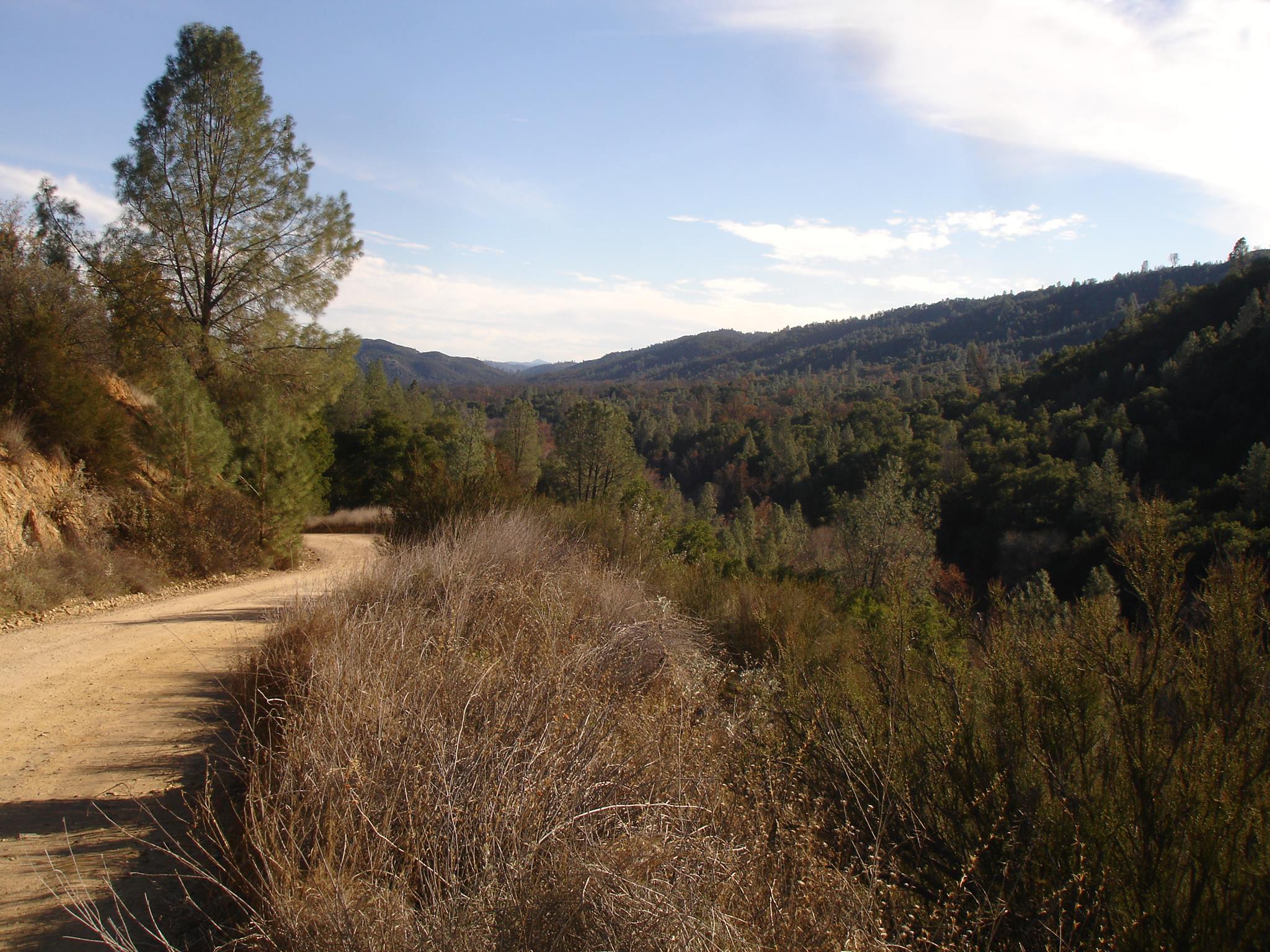CLA Blog
Gilbert Natches's Northern Paiute documentation
Every item archived in the Survey of California and Other Indian Languages tells a story. One that especially moves me, weaving together language and history, concerns the documentation created by Gilbert Natches for the Northern Paiute language, a Uto-Aztecan language spoken across a wide area in eastern California, Nevada, Idaho, and Oregon. Born in the 1880s, Natches (or Natchez) was a member of a prominent Paiute family in Nevada and a landscape painter who exhibited in Reno and San Francisco. (One of his landscapes is online here.)
Natches got involved in language documentation through his relationship with the Berkeley anthropologist and linguist Alfred Kroeber (1876-1960). Kroeber himself had a correspondence with W. L. Marsden, a doctor in Burns, Oregon who had learned to speak Northern Paiute well, was writing a grammar, and had assembled a collection of texts. When Marsden died in 1913, his widow Clara sent his manuscripts to Kroeber, who expressed an interest in seeing them published. But as he put it in a letter to her, this would mean “getting a Paiute Indian to come down here” to help check the spellings in the texts.
That help came from Gilbert Natches. It is not clear how Kroeber and Natches first met, but in 1913 and 1914, Natches came to San Francisco to work on the Marsden material. As it turned out, Natches was unable to do the planned work; instead, he created a significant documentary corpus of linguistic information, spoken texts, and song. This corpus contains 69 recordings; a rich notebook filled with text and song transcriptions, sentences, and vocabulary; and other materials archived at Berkeley (indexed in the California Language Archive here). One of these texts was recently published (in an edition prepared by Tim Thornes, online here), others are unpublished, including a story about tabu’u ‘cottontail.’ Presented here are the beginning of Natches’s transcript, followed by the recording (in his own voice) that he was transcribing:

One outcome of the collaboration was an article by Natches, edited by Kroeber (accessible online here). This includes several short texts and songs as well as a long list of verbs, verbal morphological elements, and nouns derived from verbs. Other nouns are mainly omitted. But Natches’s notebook from which the article was drawn has four pages of “Indian New Words for New Things,” which are almost all nouns borrowed from English. Natches’s notes include some illustrations, as in the very first word he transcribes:

At the time, in the early twentieth century, linguists often ignored loanwords and non-“traditional” vocabulary in language documentation. But the world was changing for everyone, and people’s practices and language everywhere changed with it. Natches’s “New Words” are interesting not only culturally but even in their phonology. They show many striking regularities in how English words were adapted to Northern Paiute sound patterns. For example, Northern Paiute has no consonant clusters, so English words beginning with clusters were adapted by the insertion of a vowel. The vowel is predictable based on the context: the default is o (e.g. podawa and tonookɨ for ‘flower’ and ‘trunk’); but if the English cluster is followed by u then u is used (e.g. pudumɨ for ‘broom’), and if the English cluster has an s then ɨ is used (e.g. sɨtoa and sɨtimɨ for ‘store’ and ‘steam’). In other word positions, too, Natches’s word list shows quite regular patterns of vowel insertion.
English and Northern Paiute stress patterns also differ: the position of stress is predictable in Northern Paiute, but not in English. English stress is salient enough that it led to adaptations in vowel length, so that Northern Paiute phonology would put stress on the same syllable that was stressed in English. Many one-syllable English words were adapted with lengthening (e.g. aakɨsɨ and waatsi for ‘axe’ and ‘watch’), to ensure that the first syllable would be stressed in Northern Paiute. But in one-syllable words beginning with consonant clusters, like the ones above, there was no lengthening — again, resulting in Northern Paiute stress on the same syllable as the English stress.
These adaptations would not have been conscious efforts by Natches. His native knowledge of Northern Paiute let him adapt English words according to systematic patterns that reflect Paiute phonology. If he had not chosen to write down a set of “New Words” that he judged important, later generations would not have this glimpse into the structure of the language.
Two decades after Natches’s Berkeley work, the anthropologist Saul Riesenberg met and became friendly with him. Riesenberg was a Berkeley graduate student who supported himself in a job with the Railway Post Office that took him regularly to Lovelock, Nevada. There, in 1940, he filled a notebook with English-language Paiute stories Natches shared. (The notebook is in the National Anthropological Archives in Washington, D.C., and is accessible online here.) Riesenberg reports an anecdote about the collaboration between Kroeber and Natches:
One day he startled me by saying, “You know, I wrote a paper with Alfred Kroeber on Northern Paiute verbs, and I've lost my last copy; can you get me one?” Only half-believing him I went to see Kroeber when I got back from that trip …. Kroeber gave me a reprint, and I brought it to Gilbert the next trip, and found myself unable to do any work with him for the next hour, because Gilbert sat there oblivious of me, holding that paper about an inch from his nearly blind eyes, while the most beatific smile hovered over his lips the whole time.
Gilbert Natches died in 1942 at the hospital of the Stewart Indian School in Carson City. His legacy of Northern Paiute language documentation is profound.
(This post is adapted from part of a chapter of a book, The Unnaming of Kroeber Hall: Language, Memory, and Iconoclasm, to be published by MIT Press in 2023.)
